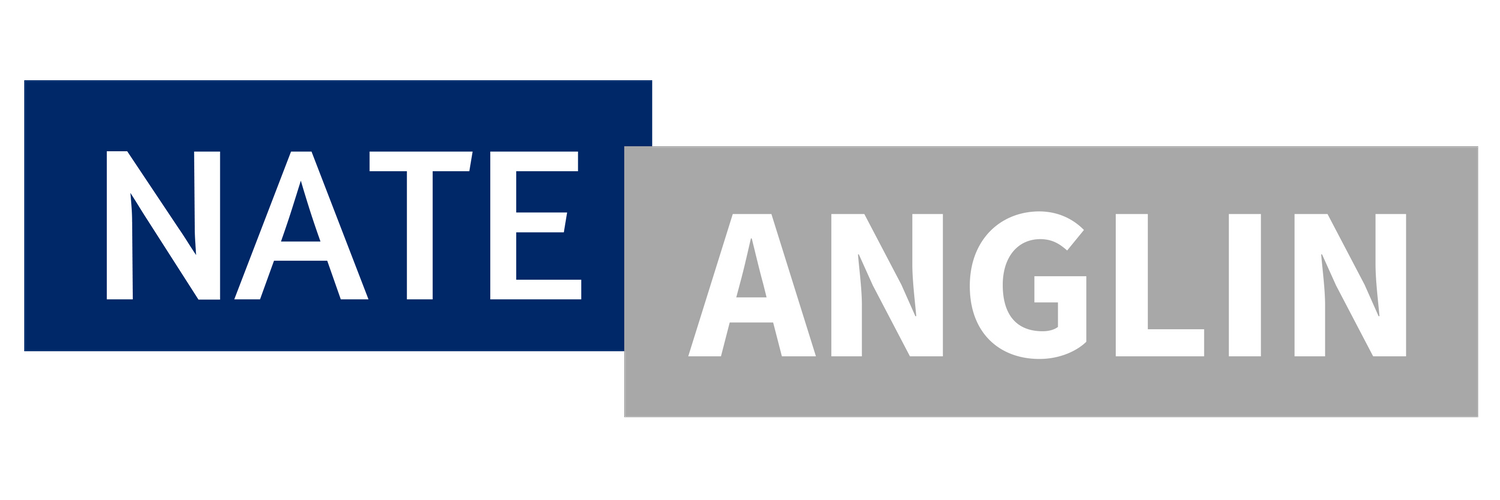How To Effectively Mirror Your Counterpart In A Negotiation
Your negotiation is doomed to fail if your counterpart dislikes you.
It’s why empathy is a critical tactic in all negotiations. People want to be understood and appreciated.
That’s always the first goal of a negotiation, to deliver empathy, no matter what their stance is on a situation.
Empathy helps you have conversations that build a meaningful relationship.
The use of labels and mirrors help develop empathy. They show your counterpart you’re listening.
Here’s how to effectively use mirroring in a negotiation.
What is a mirror?
Mirroring is the process of repeating the last three to five words that your counterpart just said.
It shows that you’re actively listening to what they’re saying. You care.
Technically, it’s called isopraxism — mirroring is imitation.
It’s a neurobehavior of humans where we copy one another for comfort. We do this in many ways; nonverbal communication, speech, vocabulary, tempo, etc.
Imitation is usually an unconscious behavior. We’re rarely aware when it’s happening. When it’s done, it’s a sign people are bonding, in sync, and establishing rapport.
As humans, we fear what’s different and attracted to what’s similar.
There are many reasons for it, but when we mirror consciously, we’re insinuating similarity.
You use mirrors to,
Encourage the other side to empathize and bond with you.
Keep them talking.
Buy yourself time to regroup.
Motivate them to reveal their strategy.
Mirroring can also help reduce the hostility of confrontational people. It diverts their attention away from the emotion that’s fueling them.
Don’t mirror too much.
Use it sparingly, a few times in a conversation. If you mirror too much, you’ll begin to lose credibility, stale the conversation, and look like a dope that can’t pay attention.
What a great mirror sounds like.
Chris Voss gives excellent mirroring examples in his book Never Split the Difference: Negotiating As If Your Life Depended On It.
Let’s say your speaking to your counterpart, and they say,
“I’ve had a challenging year, and it seems like you’re discounting all the financial and personal stress I’ve been under.”
You respond and say,
“Financial and personal stress?”
Now let’s see how you would respond to a possible client. On the phone, they say,
”I don’t have time right now as I’m really busy working on a project.”
You can reply and say,
“Working on a project?”
With this mirror, they’ll likely elaborate on what the project is, so you can begin to negotiate the reason to meet with you, helping them execute on their project deliverables.
Chris gives another great example on his website about how one of his students used mirroring when calling customer service of a large company.
His student was trying to get a refund, and the service agent responded,
“We have a strict no refund policy.”
His student replied,
”Strict no-refund policy?”
The agent couldn’t clarify the strict policy and concluded that the refund was acceptable this time.
After you deliver a mirror, pause. It may feel awkward. Let it sink in. The counterpart will fill the silence.
Don’t break the silence. Your counterpart will speak.
Don’t practice mirroring in high stake situations.
As Chris Voss says, high-stakes results call for low-stakes practice, and it could take 65 habits to make the neural connection.
Practice on low-risk calls when people ask for your time, at stores, or wherever the stakes are low.
Practice builds your neural connection, which will eventually make it automatic.
One of the best ways to practice is through this training method, where you learn, practice, and execute.
Use mirrors in all your negotiations.
Disclaimer: Some links in this post are affiliate links. If you click through and pay for a service, I’ll be compensated at no cost to you. I only recommend things I use myself. See my full disclaimer.









